Top 8 Tips for Heavy Hauling Safety
At Osage Specialized Transport, heavy hauling safety isn’t a one-time checklist—it’s a daily commitment. With over 40 years of experience hauling oversized and specialized equipment across North America, we understand that safety is more than compliance—it’s what protects your team, equipment, and bottom line.
In 2025, hauling heavy equipment has grown more complex with evolving DOT regulations, new telematics technology, and increasing demand for long-distance oversized freight. Whether you’re moving mining equipment, wind turbine blades, or construction machinery, here are eight up-to-date, practical safety tips to ensure your next heavy haul is efficient, legal, and secure.
1. Pre-Trip Planning Is Non-Negotiable
Before anything hits the road, thorough route planning is essential to heavy hauling safety. This includes avoiding restricted roads, checking weather patterns/road conditions, and confirming bridge clearance and load limits. With many states using updated digital mapping systems, it’s now easier than ever to analyze routes and avoid last-minute surprises.
Advanced planning also reveals where pilot cars, escorts, or permits are required. At Osage, we handle these logistics up front to ensure each haul meets local and federal regulations.
2. Use Digital Route Verification Tools
In 2025, relying solely on paper maps or driver memory doesn’t cut it. Digital verification tools, including real-time mapping and AI-powered route analysis, are a modern requirement for heavy hauling safety. These tools help anticipate traffic conditions, low-hanging power lines, sharp turns, and road closures.
Many of today’s escort and pilot vehicles are also equipped with cameras and connected dashboards to give dispatchers full visibility of what’s ahead.
3. Choose the Right Trailer for Every Load
Trailer selection is foundational to heavy hauling safety. While flatbeds and lowboys are standard, specialized loads may require extendable trailers, multi-axle configurations, or blade trailers for wind components. Using the wrong trailer can lead to uneven weight distribution, overhang, or even fines.
At Osage, our trailer inventory is matched to load specs with precision to maintain load integrity and safe handling on the road.
4. Double-Check Securement Systems
Even with the right trailer, proper load securement is a major factor in heavy hauling safety. Inadequate tie-downs, improperly placed chains, or old straps can lead to load shifts or loss. Today’s best practices go beyond visual checks—torque sensors and tension monitoring systems are becoming standard in the industry.
We recommend checking tie-downs at every stop and using redundant systems for loads with high center of gravity or exposed components.

5. Follow Updated Federal and State Regulations
Each year, new regulations emerge related to hauling safety—especially concerning oversize permitting/weight limits, electronic logging devices (ELDs), and emissions. Requirements also vary between U.S. states and Canadian provinces.
Working with a knowledgeable partner like Osage means staying on top of evolving requirements. We manage permitting, curfews, escort requirements, and even multi-jurisdiction coordination to ensure your haul stays compliant from start to finish.
6. Monitor Load and Driver in Real Time
Modern heavy hauling safety is data-driven. Telematics systems now monitor not just location, but driver behavior (like hard braking or lane drifting), mechanical health, and fuel usage. This allows companies to proactively address maintenance issues and coach drivers before small problems become safety risks.
Osage integrates telematics into every haul, helping us keep clients informed and drivers protected on long or challenging trips.
7. Implement Fatigue Management Protocols
Driver fatigue remains one of the leading causes of hauling-related incidents. In 2025, companies that prioritize heavy hauling safety use tools like biometric wearables and fatigue detection software to monitor alertness. Beyond tools, clear hours-of-service scheduling and driver rest areas are vital.
We emphasize responsible scheduling, including off-hours delivery planning, to reduce driver stress and improve alertness on the road.
8. Offer Ongoing Driver Safety Training
Even the most advanced tech can’t replace a well-trained driver. Regular safety training is essential to heavy hauling safety—especially when it comes to securing specialized equipment, understanding new road rules, and learning to use new vehicle systems.
At Osage, we provide ongoing education and certification support to ensure our drivers meet and exceed industry standards. Well-prepared drivers are the frontline defense in any safety program.
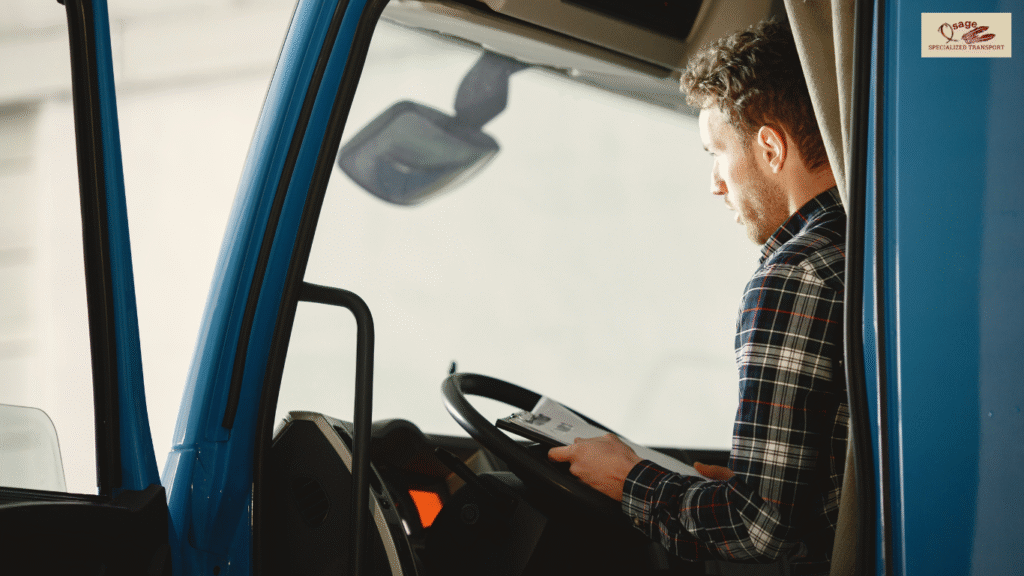
Haul with Confidence—Choose Osage Specialized Transport
At Osage, heavy hauling safety is built into every step of our process. From planning and permitting to real-time tracking and expert drivers, we’ve spent more than four decades perfecting the art of safe, compliant, and reliable transport. Our clients include construction firms, energy companies, and OEMs that trust us with their most valuable cargo.
With access to a vast trailer network, advanced logistics tools, and a dedicated operations team, we make sure every detail is covered—so your load arrives safely, every time.
Ready to move heavy freight with confidence? Contact Osage Specialized Transport today and discover how we make heavy hauling safety our top priority.
Reader interactions
One Reply to “Top 8 Tips for Heavy Hauling Safety”
Comments are closed.





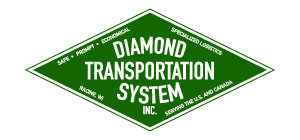

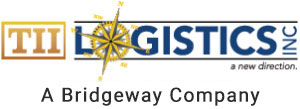
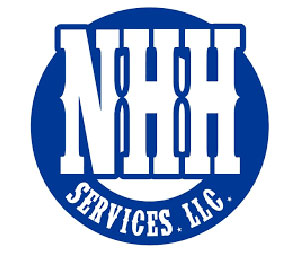
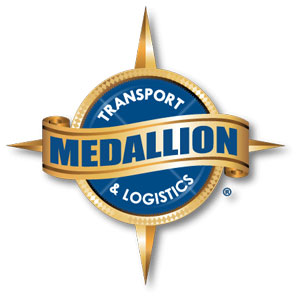



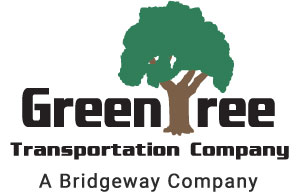

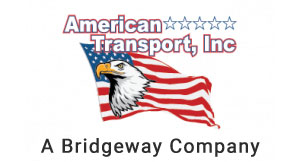
[…] because it was necessary to secure permits from every state that a load had to travel through, and each state handled permits in a different way. Now, that is changing due to the efforts of a few dedicated individuals who are making the pitch […]